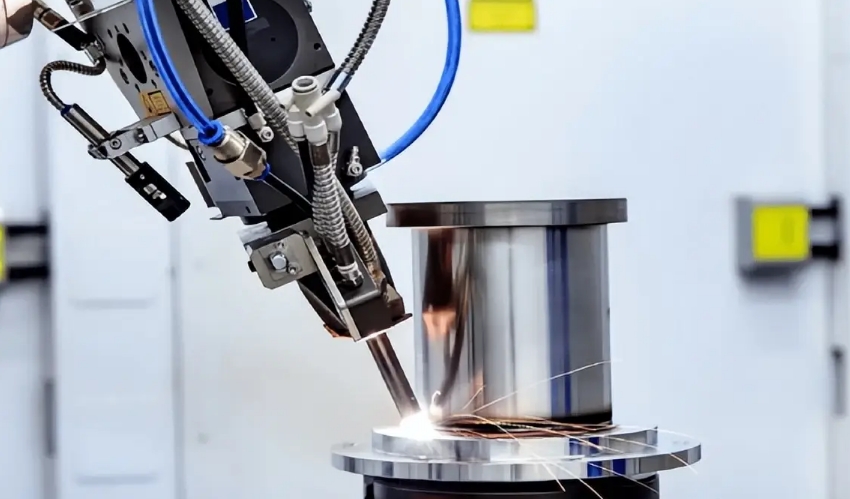How to Determine the Quality of a Laser Welding Machine
When purchasing a laser welding machine, buyers often struggle with how to evaluate quality and performance. With so many suppliers and models on the market, making the right choice requires more than just comparing power ratings or price tags. Here’s a practical guide to help you assess the real quality of a laser welding system.

1. Stability of Laser Output
One of the most critical indicators of quality is the stability of the laser output over time. A high-quality machine should maintain consistent power levels throughout extended operation without significant drift due to thermal effects or component aging. Ask for test reports showing power stability across multiple work shifts.
2. Beam Quality (M² Value)
Beam quality determines how well the laser can be focused and how deep it can penetrate. A lower M² value (closer to 1) indicates better beam quality. Machines with superior beam control deliver cleaner welds, deeper penetration, and are more forgiving of minor alignment errors.
3. Precision and Repeatability
A good laser welding machine must offer high positioning accuracy and repeatability — typically within ±0.02mm. This is especially important in automated and high-volume production environments where consistency is key to maintaining product quality.
4. Cooling System Efficiency
High-power lasers generate significant heat. An efficient cooling system ensures long-term reliability and prevents overheating that can degrade weld quality or damage internal components. Look for machines equipped with industrial-grade water-cooling systems or integrated chillers.
5. Integration and Control Capabilities
Modern laser welding machines should support integration with robotic arms, CNC systems, and factory MES networks. Check if the machine supports common communication protocols like EtherCAT, Profibus, or Modbus TCP. A user-friendly interface and programmable parameter settings also contribute to ease of use and process optimization.
6. Build Quality and Component Sourcing
The durability of a laser welding system depends heavily on the build quality and sourcing of core components — including the laser source, galvo scanner, focusing optics, and motion platform. Machines built with parts from well-known global brands tend to offer better performance and longer service life.
7. After-Sales Support and Process Validation
A reliable supplier should provide not only hardware but also technical support, process development, and on-site training. Request case studies or references from existing customers in your industry to verify real-world performance and after-sales responsiveness.
determining the quality of a laser welding machine involves evaluating technical performance, system integration, build reliability, and post-purchase support. Buyers should go beyond marketing materials and conduct hands-on testing and due diligence before making a final decision. Choosing the right laser welding equipment supplier ensures long-term productivity, minimal downtime, and a solid return on investment.
Recent Posts
- What are the advantages of laser welding machines in lithium battery pack production lines?
- What issues should be noted when choosing a lithium battery pack production line?
- Quality Inspection and Control of Lithium Battery Module Pack Production Line
- Cell grouping and sorting process in lithium battery module pack production line
- What are the safety hazards of lithium battery pack production lines and how can they be prevented?
INQUIRY

